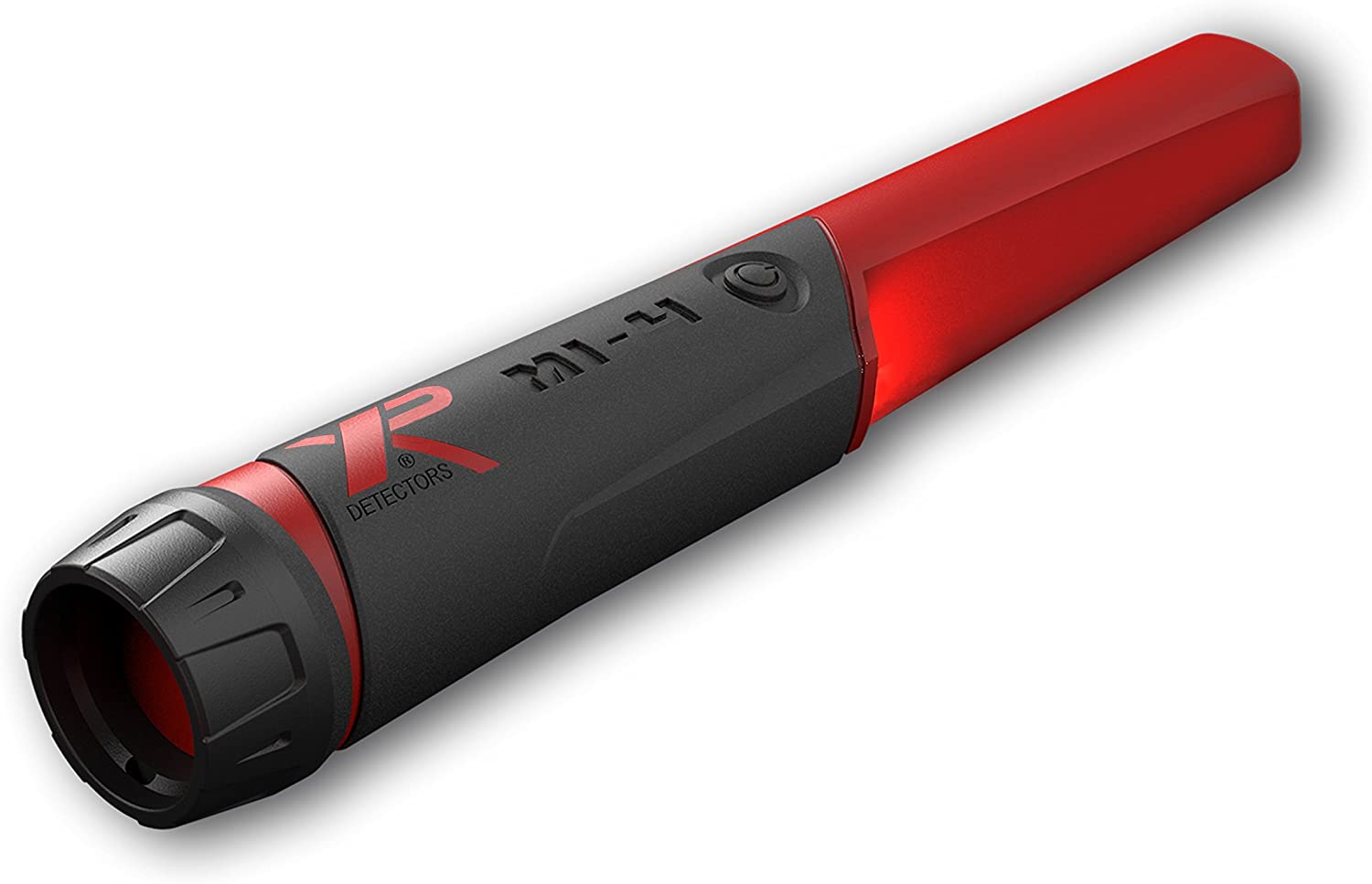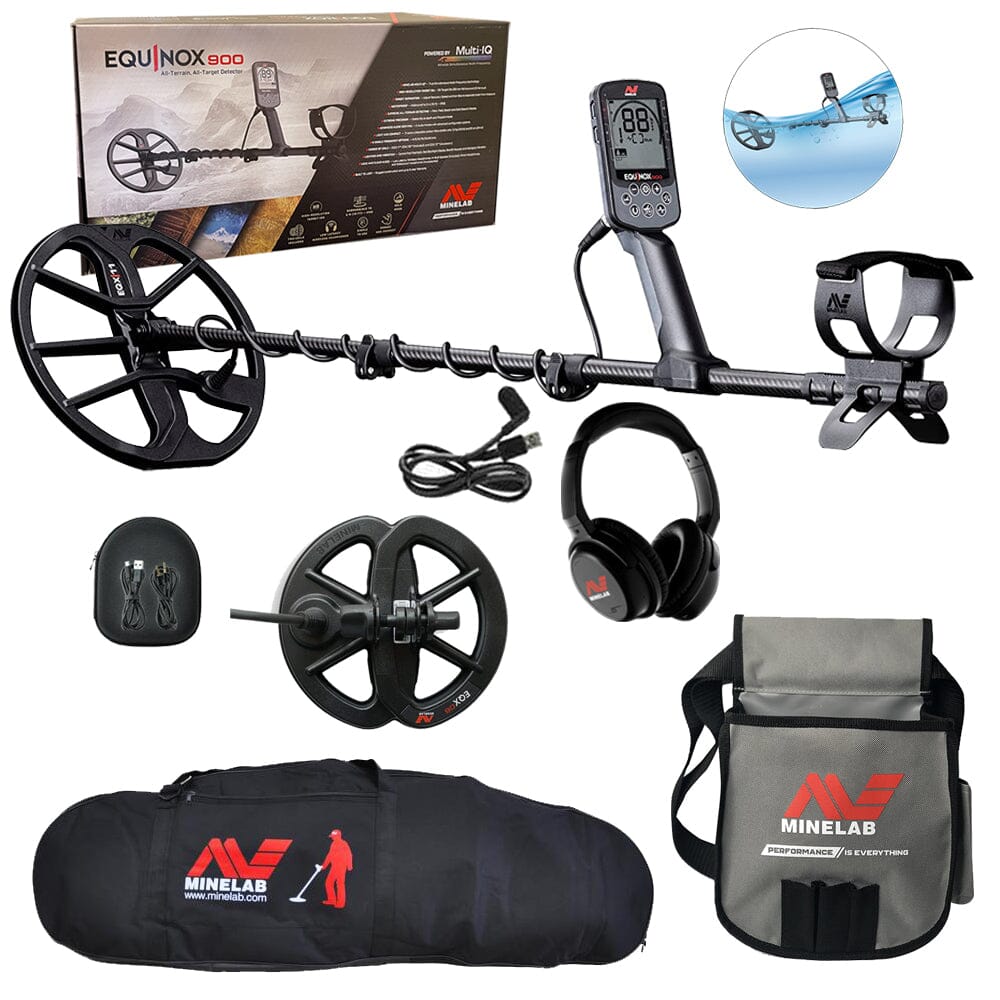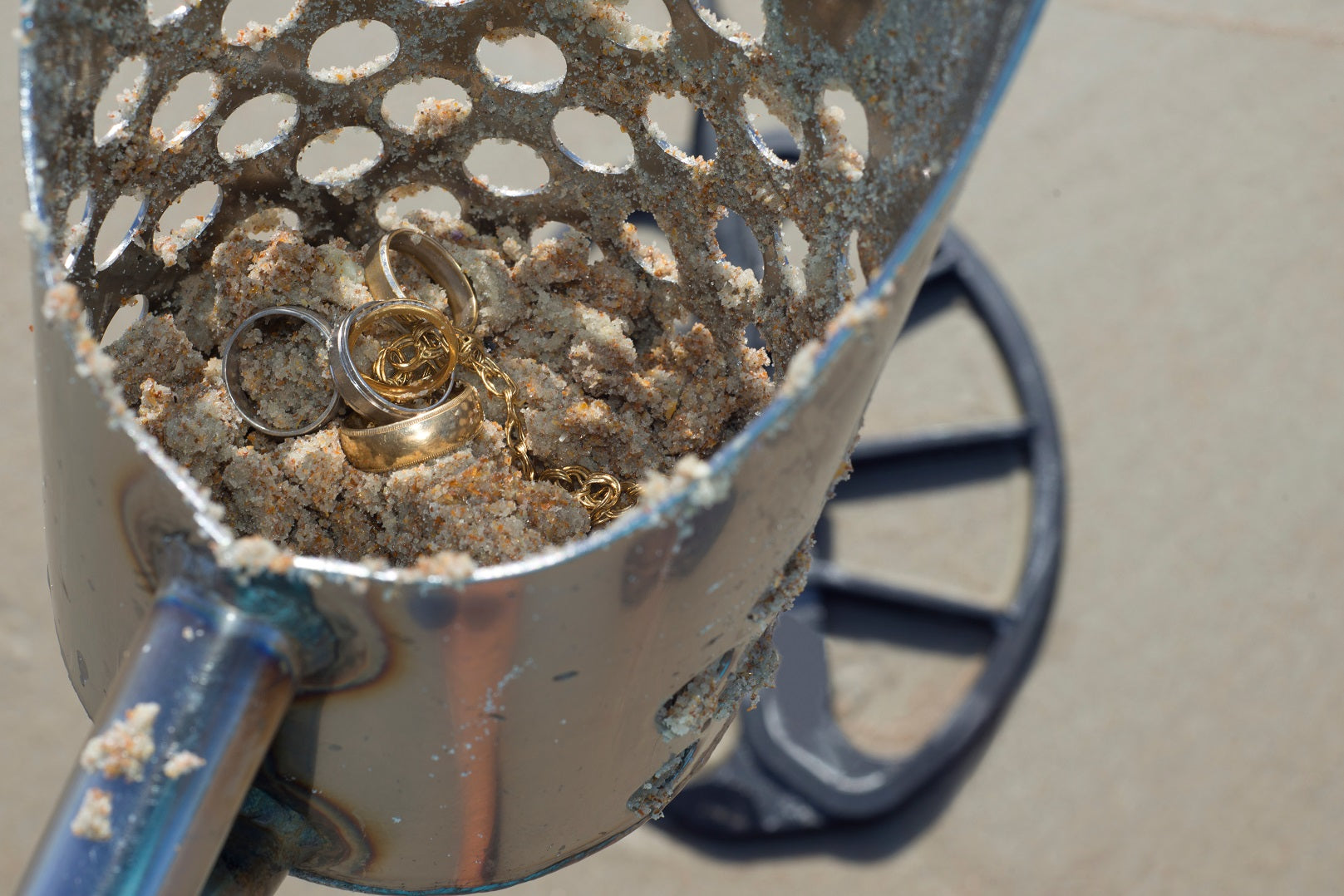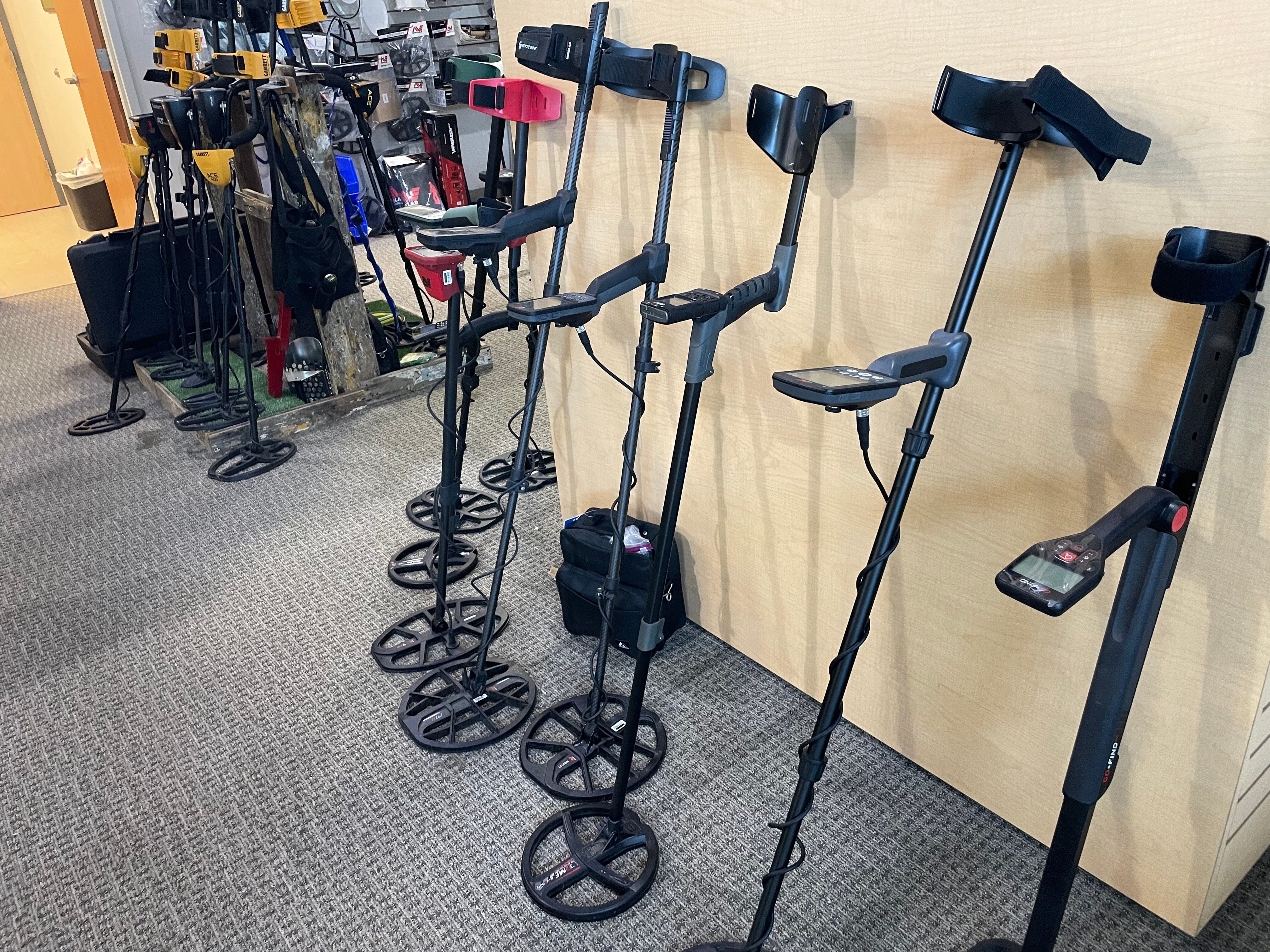Menu
How to Dig a Proper Plug Metal Detecting
You might think, “How hard is it to dig something out of the ground?” Well for some it seems to be an issue. Sometimes I see previous peoples attempt at cutting a plug in parks or other public spots. Most of the time they were circles of dead grass and dried dirt all around it. That is a problem for a lot of reasons it's disrespectful for one, but mainly it gives a bad image to the hobby. There are a few ways to mitigate bad digging etiquette.
Get a good hand digger!
A lot of people have chosen the popular Lesche digging tool. It resembles a large knife with a serrated edge so I would keep it sheathed on your waist. You might want to not be carrying that out in the open as people have and will get the wrong idea. Something like that is perfect for cutting excellent non-invasive plugs. I personally use the Garrett Edge Digger, it has a larger handle with more rubber making it a little more comfortable when digging multiple plugs a day. They are made of an extremely strong steel and do not bend or break under normal digging conditions. Applying extra force such as prying a heavy or immobile object can and will break, bend, or damage it. If you are digging in rocky ground or an area with large roots, you may want to opt for a larger shovel like the Radius Tools Root Slayer. The serrated edge chews through roots and the handle is rugged enough for fairly substantial prying.
Lesche Serrated Edge Digger
Find Something to Dig Up!
To cut a proper plug one must first locate a target. Then you want to start cutting the plug by cutting a circle around the target you are digging. A 3 inch radius from the target is a good way to ensure you aren’t damaging the object in the ground. You want to dig in a sawing motion letting the serrations cut through any thick roots and dirt. DO NOT cut a full circle. Leave about 2-3 inches of uncut dirt to act as a hinge. Flip up the plug and retrieve the target.
Retrieving the Target
Using a pinpointer like the Garrett Pro-Pointer AT is a crucial step to quickly and efficiently recover the item you have detected. Once you have the plug out of the hole, if you have properly located the target, the target should either be inside the plug or somewhere in the hole close to the wall or floor of the hole. Without a pinpointer you will have to either tear the plug apart piece by piece and run it under the coil of your metal detector or you will have to dig out the wall or floor of the hole further doing the same. This act can damage roots and kill the grass in the plug and surrounding the hole. This can also be very time consuming. When it comes to detecting time is money. The more targets you dig, the more likely find that underlying valuable item. Like I always say, "The guy who digs more wins."
The Garrett Pro-Pointer is the Top Selling Pinpointer at This Time
With a pinpointer, you simply turn it on and scan it over the plug or along the sides and bottom of the hole, wait for a signal, and pop the target right out of its location.Then flip the plug back down from its hinge and step on it. Now it looks as if you were never there and never disturbed the ground.
If it the ground is moist the grass in will grow back and the dig location will never be noticed. If it is hot and dry, you may want to consider carrying a small bottle of water and wetting the hole once the plug is replaced.
Stay tuned to our blog for upcoming articles and episodes by following us on your favorite social media outlet to stay informed of releases:
YouTube: HighPlainsProspectors
Facebook: @highplainspropsectors
Instagram: #highplainsprospectors
Twitter: @HProspectors
You Might Be Interested In
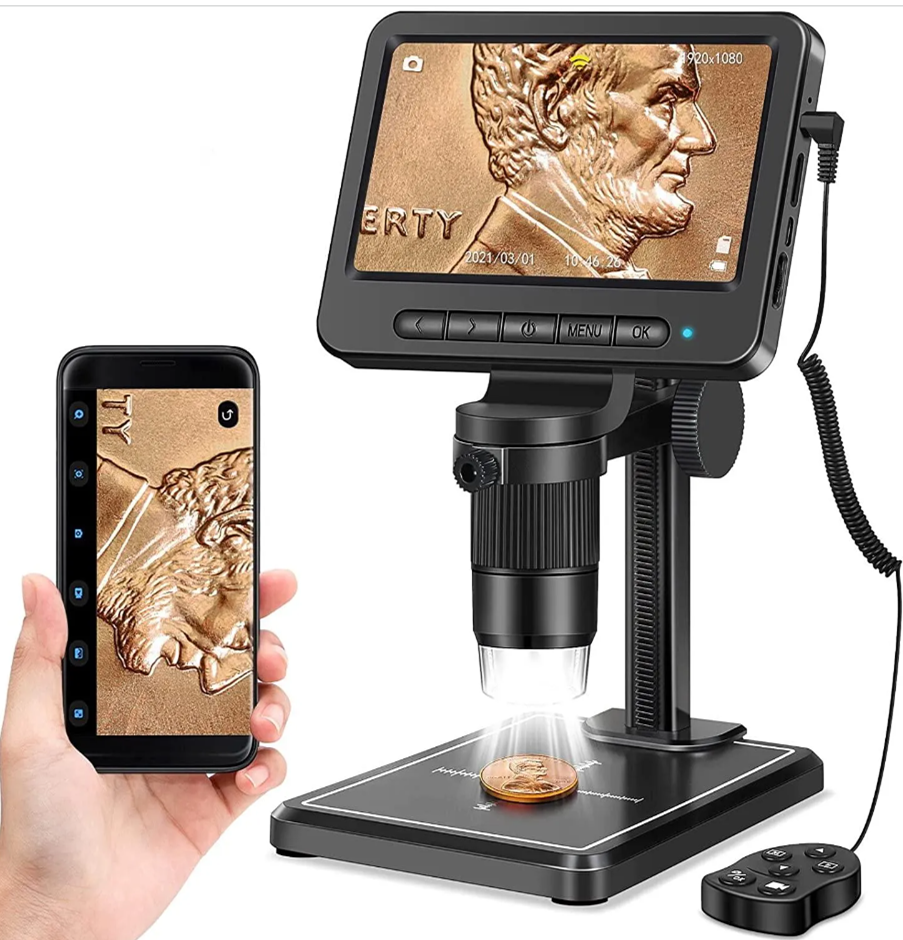
Coin & Relic Cleaning Supplies
Pair text with an image to focus on your chosen product, collection, or blog post. Add details on availability, style, or even provide a review.
- Choosing a selection results in a full page refresh.






